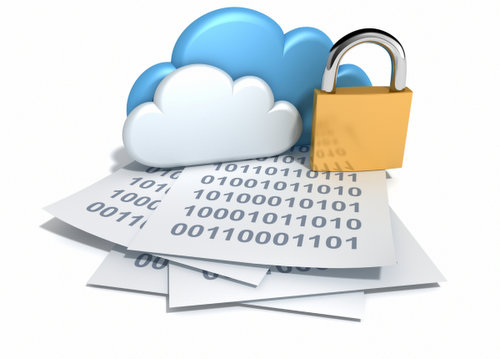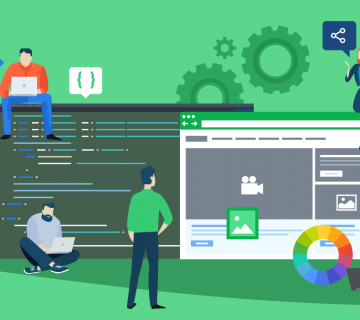There are a number of abstracted virtual layers of cloud solutions.
- IaaS (Infrastructure as a Service -Lower Layer): When a cloud client purchases IaaS, he will receive the whole computing infrastructure, such as VMs that are supplied as servers, networking, storage, hardware-based host servers, cooling and power. Customers will have the responsibility to completelt install the operating system and mane necessary adjustments. They also need to manage the infrastructure and perform software/hardware update as necessary. Terms may vary depending on the provider and the details of contract.
- PaaS (Platform as a Service – Middle Layer): It is also a good platform for customers and can be based on Windows or Linux. Providers offer everything from hardware to operating system and its associated software solutions. Main users of PaaS are typically software developers that test and create their products. Vendors offer billing solutions based on resources usage, instead of time. Even so, PaaS can still be integrated with many different billing models that suit our requirements.
- SaaS (Software as a service – Top Layer): SaaS is a complete cloud-based computing environment that can be accessed easily by users. It is the standard technology in public cloud services. Microsoft Office 365 is an example of SaaS application for users. With SaaS, users have no responsibility in managing their infrastructure. All the physical maintenance tasks are provided by vendors.
Cloud Metering & Billing
Chargeback information is needed for any billing task and it can be gleaned directly from the existing cloud infrastructure. There are a number of billable resources in any cloud infrastructure:
- Virtual machine: Network I/O, disk, storage capacity, memory and processor
- Network services: Virtual router, firewall and load balancer
- Security services: Compliance and isolation levels Isolation level, Compliance level
- Service-level agreements (SLAs): Fault tolerant (Gold), High availability (Silver) and Best effort (Bronze)
- Data services: Redundancy, data availability standards, backups, compression and encryption
Pay as you go is the most straightforward billing system for cloud-based infrastructure. Customers are typically billed only for RAM and processor usage. Billing can also be based on pre-paid system. If the servers are not running, customers could pay only for the space that they are using. So, there would be no further changes if the data is deleted from the server. Pay as you go billing system can be a combination of different billable items. As an example, vendors can charge for each hour customers use the network. Inbound and outbound bandwidth can also be charged. So, it all comes down to things that consumers use and providers offer.
We could also use server instances as the proper basis for cloud billing. In this matter, resources that customers bill must be allocated first. This provides pre-approval and predictability in terms of expenditure. We can define instances in different ways. As an example, a full month of processing time in the server is similar to 750 hours. Providers should be able to determine how many hours clients use their cloud resources. In this matter, pricing structure used shouldn’t be significantly different to standard server hosting.


